Introduction to Succulent Root Systems
Welcome to the underground world of succulents, where their roots tell a story of survival and adaptation. Think of succulents like the cacti you see in western movies, standing tall and mighty—but it’s not just their fleshy leaves that make them hardy. It’s their roots. Succulent roots are the unsung heroes that navigate through the gritty soil, foraging for every drop of moisture, keeping the plant thriving even when the sun’s relentless.
Succulents are known for their sap-packed leaves, but it’s their roots that often spark curiosity. Do they dig deep, burrowing into the earth’s core, or skitter across the surface like a network of tiny veins? In truth, succulent roots are generally shallow, sprawling just beneath the soil’s crust. This makes them adept at capturing water from light rainfalls or heavy dews, absorbing it all before it evaporates in the morning sun.
Understanding the structure of succulent roots is vital. They aren’t looking to anchor deep into the soil; they prefer the topsoil café, where the water’s fresh and easy to access. This means that when you’re potting or planting these plucky plants, deep containers aren’t their cup of tea. They prefer wide, shallow homes that mimic their natural habitat and allow their roots to spread out like a sunbather on the beach. So next time you’re eyeing that deep pot, remember, succulents like to keep it shallow.
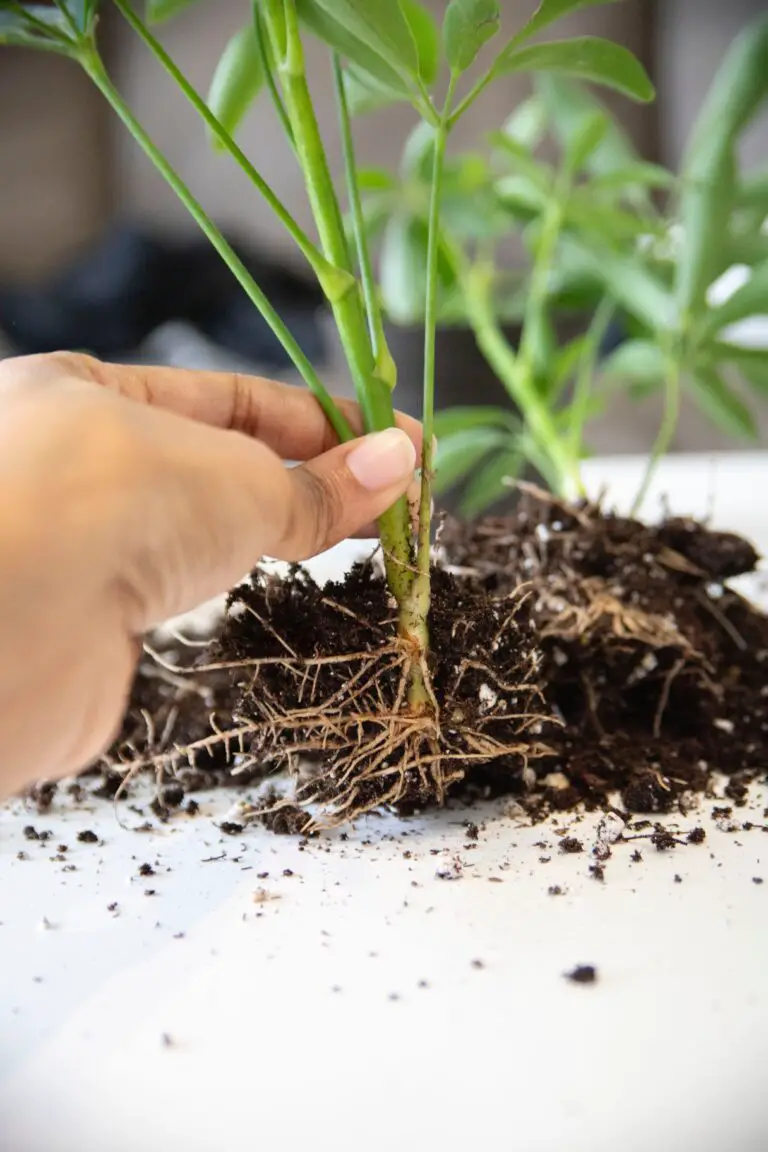
Why does all this matter? Well, if you want to raise a succulent that’s as robust as a cowboy in a spaghetti western, you’ve got to get the root system right. Imagine giving a fish a bike—it just doesn’t work. Similarly, understanding and catering to succulent root systems is the first step towards a thriving, drought-resilient garden party. So saddle up, plant lovers; it’s time to dig a little, both literally and figuratively, into the enchanting realm of succulent root systems.
Are Succulent Roots Really Shallow?
A focused look at the root depth of succulents and how it differs from other types of plants.
When you think of strong, robust roots, you might conjure up images of mighty oaks with roots delving deep into the earth’s embrace. But does this image hold true for the dainty darlings of the plant world, succulents? Let’s get our hands dirty and unearth some facts. Succulents are not just pretty faces with plump leaves; they have a secret weapon hidden below the surface. Their root systems are typically shallow, sprawling horizontally rather than vertically. This attribute allows them to make the most of limited moisture, which makes them well-suited to surviving in environments that would leave other plants withering with thirst.
It’s a common misconception that shallow roots equate to a fragile existence. On the contrary, succulents like Sedums and Echeverias, flaunting their shallow root systems, showcase remarkable resilience. Imagine rainfall in a desert – a rare event that succulents seize by quickly absorbing water through their wide but not so deep networks of roots. While the Succulent Thrive shedding light on their adaptive strategies, it’s clear these shallow root systems are nothing short of evolutionary marvels.
This shallow spread of roots also makes them perfect candidates for container gardens, living walls, or even rock gardens, where soil depth might be minimal. And for those looking to greenify their urban spaces without the depth of traditional gardens, succulents offer a versatile and low-maintenance option. Now, imagine repotting; this task is simplified tenfold thanks to their shallow roots, highlighting their suitability for both novice plant enthusiasts and seasoned green thumbs. Moreover, a visit to our comprehensive guide on indoor succulent care can offer insight into making these shallow-rooted beauties thrive in your living space.
So, are succulent roots really shallow? Unequivocally, yes! But don’t mistake their lack of depth for weakness, for in the world of succulents, shallow roots are an asset, not a liability. They are the physical manifestation of the saying, “it’s not about the size of the dog in the fight, it’s about the size of the fight in the dog.” Just as their plump leaves store reserves of water, their roots store reserves of resilience.
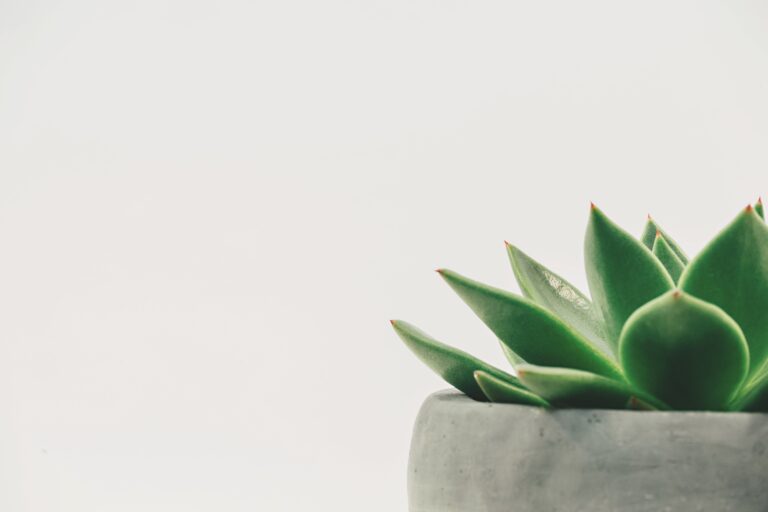
The Benefits of Shallow Roots in Succulents
Imagine a succulent, perched regal and beautiful in the harshest of deserts, standing strong against the beating sun. This resilient survivor owes much of its hardiness to a rather unassuming feature—the simplicity of its shallow roots. But don’t let their lack of depth fool you; these roots are the heroes of survival in the arid realms where succulents reign supreme.
These shallow-rooted wonders are designed to gulp down every raindrop, no matter how scarce the showers may be. Quick to absorb moisture from light rains or heavy dews, succulents make the most of every watery blessing. This root structure also means they can thrive in soils that would spell doom for other plants. Whether it’s in rocky ledges or sandy plains, succulents flourish where others falter.
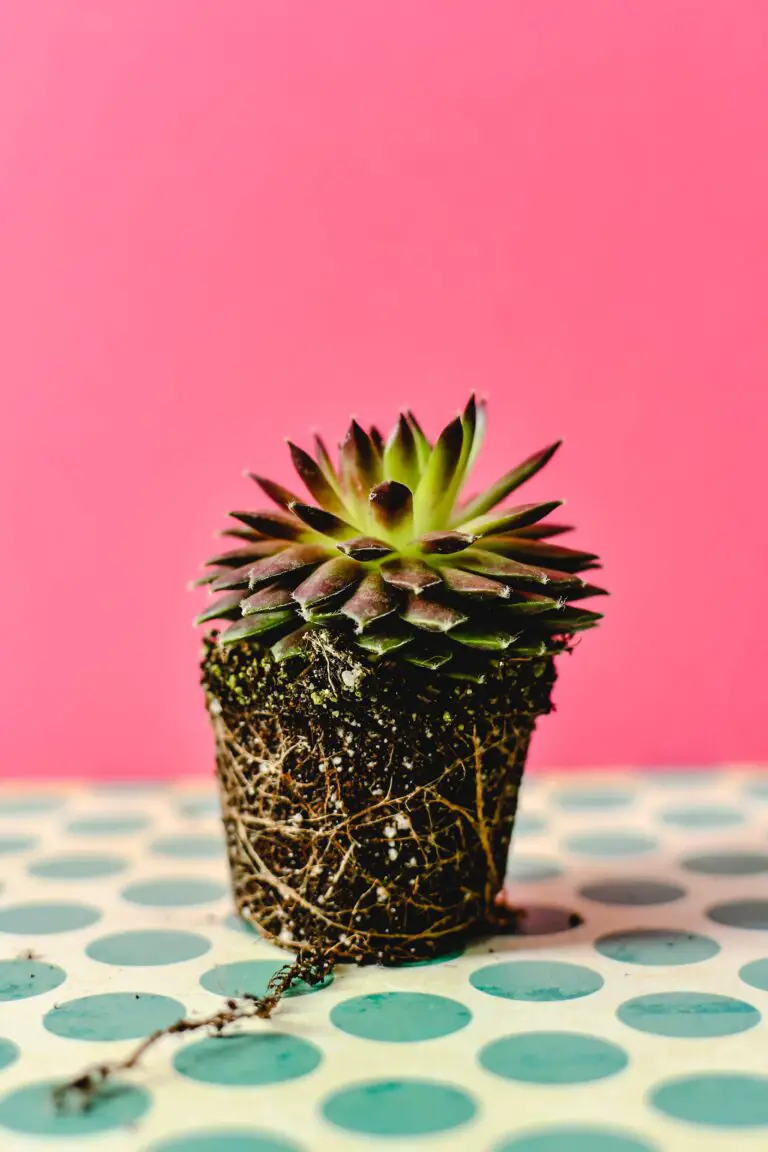
But that’s not all. Did you know that some succulents, like the celebrated Aloe vera, use their shallow roots to cleverly avoid competition with deeper-rooted plants? It’s like calling dibs on the upper crust of the Earth’s pantry, leaving the deep-dwellers to browse the lower shelves. What’s more, in the event of harsh conditions, succulents can up and move, their roots making transplant a breeze, enabling gardeners and nature alike to re-home them as needed.
Another feather in their cap is the rapid maturation rate these shallow roots afford. In no time at all, a tiny succulent cutting can establish itself, an eagerness to grow that ranks high on any plant parent’s wishlist. They’re not just quick to live but also easy to share, making propagation a joy rather than a chore.
So, when we ponder succulents and their shallow roots, we unlock a deeper understanding of their incredible resilience and adaptability. They not only survive but thrive, turning seeming limitations into enviable strengths. Whether as potted jewels in our homes or as wild masters of survival, succulents remind us that sometimes, the greatest strength lies just below the surface.
Caring for Succulents with Shallow Roots
Gardening enthusiasts, brace yourselves as we delve into the succulent world where less is often more, particularly when it comes to their roots. Yes, you’ve guessed it – succulents do indeed boast shallow root systems. But what does this mean for those boasting green-thumb credentials? Fear not, it’s time to spin this scenario into a positive twist by giving you the low-down on nurturing these desert jewels like a pro!
First things first, let’s talk dirt – soil type, to be exact. Succulents are not your average houseplant; they crave a soil mix that screams ‘well-drained’! Picture this: You’re preparing a home for your succulent, and you reach for that bag of generic potting soil. Stop right there! These shallow-rooted beauties need a gritty mix, one that mimics their natural arid environments.
Now onto hydration station – watering needs can be a tightrope walk. Imagine you’re out in the Sahara, the sun beats down, and you receive a sudden downpour. That’s the kind of infrequent yet thorough watering regimen your succulents are lusting after. Allow the soil to fully dry between waterings, and when you do water, drench them so that every root has its thirst quenched.
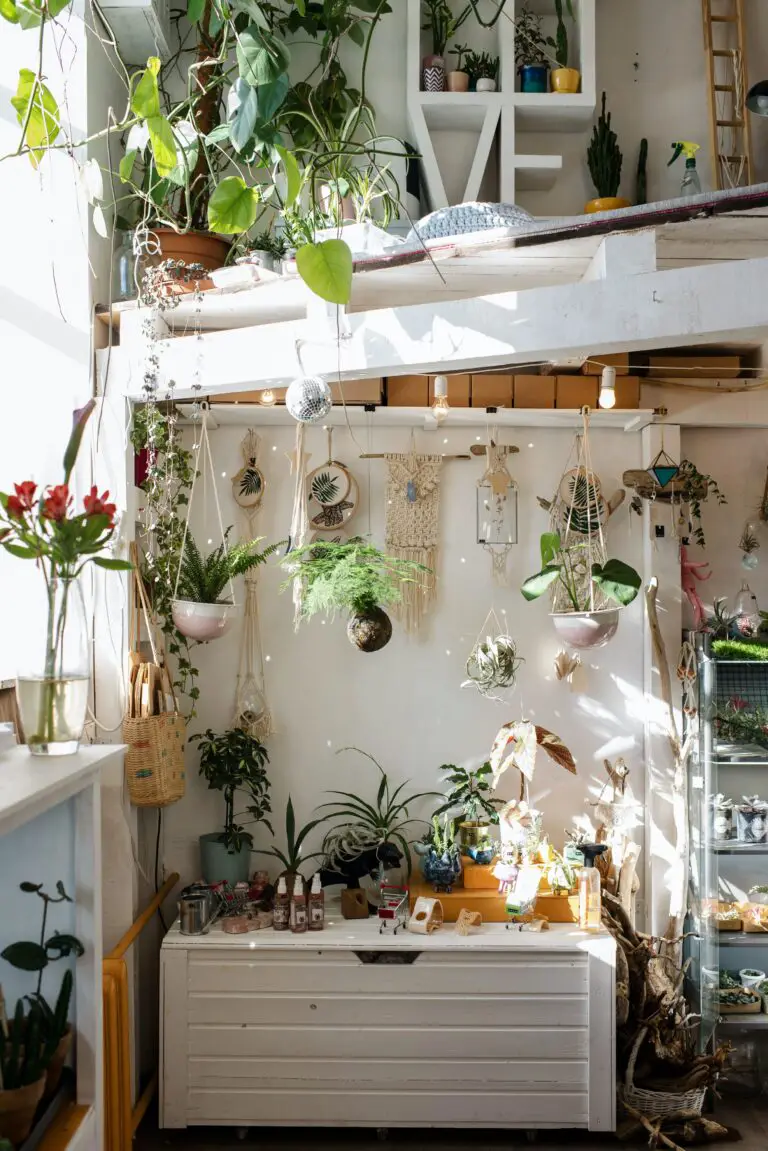
Choosing a container for your succulents is not just about aesthetics; it’s about survival. Remember, shallow roots equate to a shallow pot. It’s like choosing the right-sized shoes – no one wants to wander around in clown shoes! Terracotta or ceramic pots with drainage holes are your go-to. They’re breathable, stylish, and they practically whisper sweet nothings to your succulents’ roots.
Beyond the basics, consider the location; it can make or break your succulent care game. A sun-drenched windowsill or a spot with plenty of indirect light will bring out the best in your shallow-rooted friends. Think of sunlight as the secret ingredient in your succulents’ recipe for success – without it, the results can be rather bland.
If you’re eager to get into the nitty-gritty of the soil prep for your succulent pals, you’ll want to check out our ultimate guide to succulent soil. It’s chock-full of expert tips and tricks to ensure your shallow-rooted companions not only survive but thrive.
But wait, there’s more! Think about companionship – not all succulents play nice together. Just because they share the shallow root squad doesn’t mean they all have the same needs. Group those with similar sunlight and watering needs together, and you’ll avoid a plant soap drama unfolding on your patio.
In summary, caring for succulents with shallow roots doesn’t have to be a daunting task. It’s about embracing their quirks, understanding their needs, and creating an environment where they can strut their stuff. With the right soil, the perfect container, timed hydration, and a generous dose of sunlight, your shallow-rooted succulents will be the talk of the town – or at least the topic of conversation at your next garden club meeting.
The Right Soil Mix for Succulents with Shallow Roots
When it comes to the health and happiness of succulents, the soil they call home is more vital than one might initially think. Due to their shallow root systems, succulents require a soil mix that’s not only nurturing but also properly aerated to prevent water from pooling and causing root rot—a real party pooper in the world of succulent gardening.
Finding the Perfect Blend for Your Plump Friends
Let’s talk party mix, but for your succulents. The ideal soil medium for these shallow-rooted party-goers should be like a good sponge cake—light, fluffy, and just dense enough to provide stability. A mixture of potting soil with inorganic materials like perlite, coarse sand, or volcanic rock ensures your succulent roots get a breathable space that retains nutrients without holding on to excess water.
Imagine a succulent sitting in dense, water-logged soil; it’s like wearing wet socks at a dance marathon—not fun and definitely not healthy. On the flipside, a well-draining mix allows their roots to take a quick sip before hitting the dancefloor again, ensuring they won’t droop from overwatering.
A Real-World Succulent Scape
Think of the rocky, arid regions many succulents naturally hail from. Emulating this environment, even if your succulent is living the city apartment life, can make the difference between a thriving plant and a sorry-looking one. For instance, have you seen those nifty terrariums? They’re like mini deserts in a jar, replicating the kind of drainage these plants’ roots adore.
Now, let’s not overlook the organic component. A bit of compost or coco coir can provide the nutrients these fat-plant roots gobble up without the soil becoming too dense. It’s like the cherry on top of our metaphorical soil cake. Just enough to give your plants a treat, but not an all-you-can-eat buffet that will lead to problems.
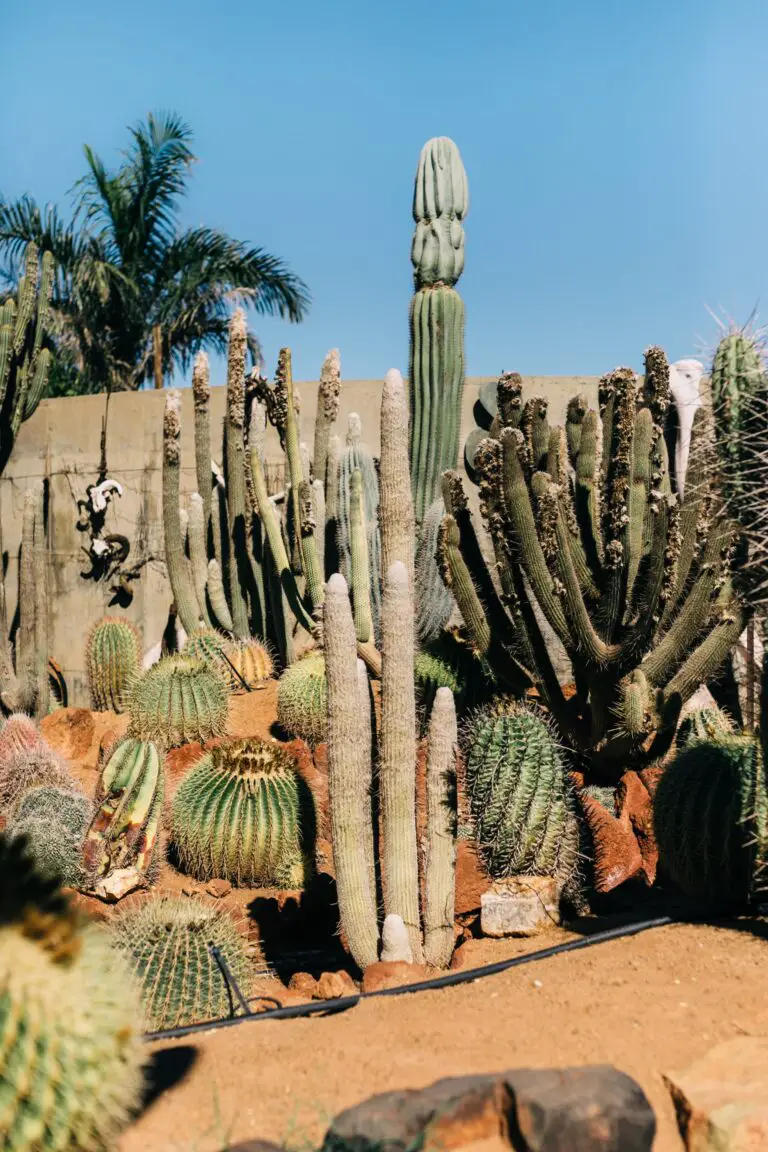
Watching your succulents take root in the right soil mix is like seeing your friends flourish at their favorite hangout spot—they’re comfortable, they’re happy, and they’re ready to grow up strong and beautiful. Remember, the best parties are where you can kick back and let your roots down—or, in the case of succulents, spread them out just a little bit in their perfectly-picked-out soil mix.
The Impact of Pot Size and Type on Succulent Roots
Imagine a miniature garden oasis perched on your windowsill, complete with its array of charming succulents. But what lies beneath the surface, inside those stylish pots, might just make or break your verdant paradise. Let’s dig into the captivating world of succulents and the pivotal role that pot size and type play in their root systems.
Size matters—especially when it comes to the pots you choose for your succulents. These hardy little plants are pros at making do with limited space. However, give them a pot that’s too large, and you’re setting the stage for a watering nightmare. Oversized pots hold more soil, which means more water retention, tormenting your succulents with wet feet longer than they’d like. A right-sized pot keeps the watering cycle consistent and help those roots thrive without the risk of root rot.
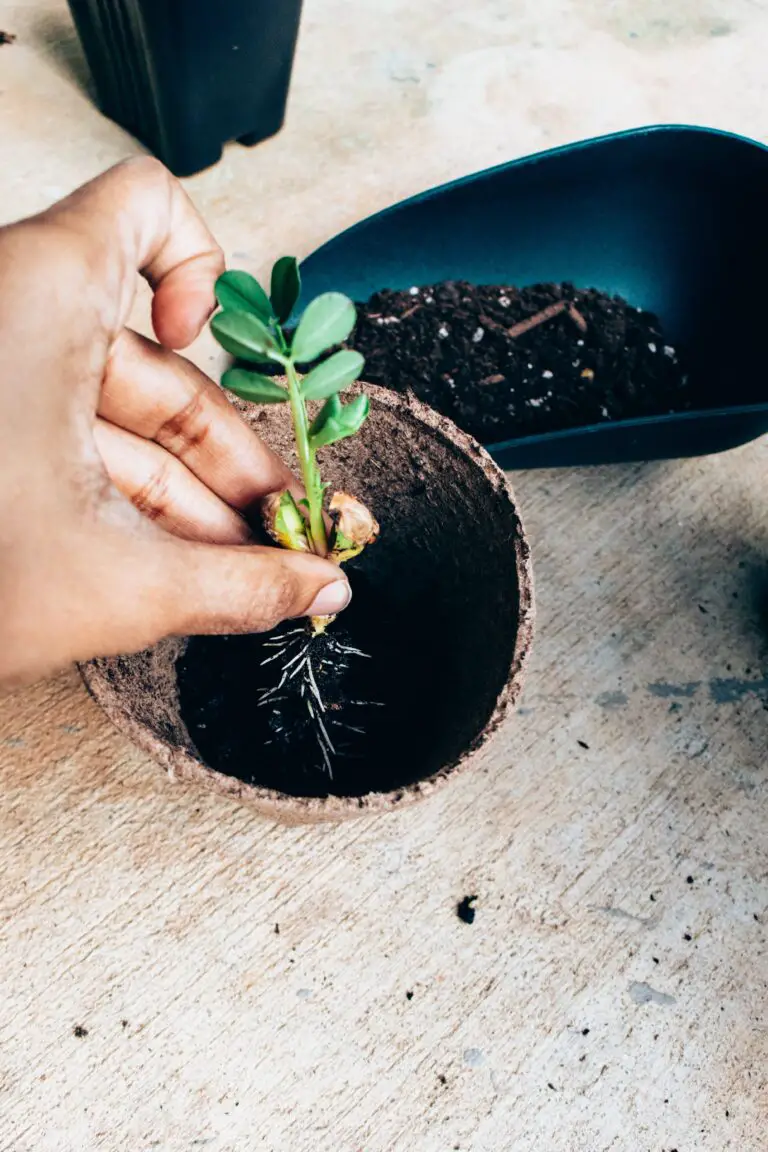
Material-wise, think about the breathable haven of a terracotta pot versus the sleek confines of glazed ceramic. Terracotta is porous, a trait that lends a hand to air circulation and wicks excess moisture away. Your succulent roots don’t like to linger in damp soil, much like a guest overstaying their welcome. In contrast, a glazed ceramic pot might enhance your room’s aesthetic, but remember—it’s as good at retaining water as it is at capturing your guests’ eyes. Balancing beauty with function is key.
Real-world example: Picture a Sempervivum, commonly known as Hen and Chicks, spreading its roots in a cramped, shallow pot. It might seem counterintuitive, but these shallow containers mimic their natural rocky habitats, prompting the plant to grow outward rather than only downward. It’s like choosing a cozy studio apartment that encourages you to explore the city more.
In conclusion, when choosing the humble abode for your succulent friends, consider the impact of the pot’s size and the material it’s made of. It’s not just about what meets the eye—it’s about fostering an environment for your succulents to flourish. With the right pot, your succulent won’t just survive. It’ll thrive, painting a living testament to your greenthumb skills at the same time!
Recognizing and Addressing Root Problems in Succulents
Dive into the underground world of succulents and you’d be surprised to find that, unlike the sturdy, resilient exterior we admire, their roots tell a different story. Yes, succulents have shallow roots, but don’t let their modest root system fool you; they are efficient in anchoring the plant and absorbing moisture. However, this efficiency comes with its own set of problems. Let’s unearth the common root-related issues afflicting these desert darlings and how you can play doctor.
First off, let’s talk about root rot—the bane of succulent enthusiasts. It’s tricky because it begins below the surface, out of sight, where excessive moisture leads to a bacterial and fungal fiesta. Picture this: a once vibrant green succulent suddenly turning yellow and mushy. Before you know it, you’re saying goodbye to your leafy friend. To catch this culprit early, keep an eye on the foliage. If it looks like it’s been on a liquid diet, hold back on watering and consider amending your soil with something grittier, like perlite.
Then we have the issue of underdeveloped root systems. They’re like the underdogs of the plant world, often overlooked but vital for health and growth. Imagine your plant is a budding actor waiting for its big break but just can’t reach the spotlight. It needs a strong support system, metaphorically and literally. Encouraging a robust root system means giving it the right stage: well-draining soil, a pot that’s not overly spacious, and the occasional water to simulate a rooting encore.
Now, let’s set the scene with a real-life example. Sarah is a succulent hobbyist, and her prized echeveria is looking off. She checks the roots and, lo and behold, they’re as brown as her morning toast. Sarah knows it’s time for an intervention. She trims the rot, repots in a mix with better drainage, and adjusts her watering schedule. In a few weeks, voilà! The plant is back to its plump, healthy self, all thanks to some root rehab.
But what about when you can’t see the damage? Sometimes roots can be suffering without any obvious signs above ground—that’s where the touch test comes in. Gently unearth your succulent and feel the roots. They should be white and firm, like a fresh radish at the farmers’ market. If they’re not, consider the environment you’re providing. Adjust as necessary and watch your green buddy thrive.
For those who prefer a visual guide, check out this informative video on root care for succulents. It’s packed with tips on detecting, avoiding, and curing root maladies that could otherwise turn your prized collection into a plant graveyard.
Remember, the key to healthy succulents is not just in their leaves or striking forms, but in those shallow, yet oh-so-crucial roots. With a bit of vigilance and care, your succulents won’t just survive; they’ll thrive, dazzle, and delight.
Types of Succulents and Their Root Depths
Ever wonder if your chubby, water-storing friends are just as deep-rooted in soil as they are in popularity? Let’s dig into the fascinating world of succulents and unveil the myth about their root systems! Contrary to what you might think, not all succulents are superficial when it comes to their roots. But are they deep thinkers, or do they just skim the surface? Stay tuned as we unearth the truth beneath those fleshy leaves.
The Shallow Rooters
Meet the shallow rooters—a crew of succulents that live life on the surface. These are the ones that call for minimal soil depth, making them phenomenal picks for those cute, shallow pots. Picture the common Echeveria, flaunting its rosette in a cozy bowl. With roots extending just a few inches down, it’s pretty content with a light soil embrace. These are the extroverts of the succulent world, mingling just below the soil line, ready for their close-up!
Depth Divers
Let’s not ignore the depth divers of the succulent squad. These botanical buddies have a bit of a mysterious side, stretching their roots deeper in pursuit of nutrients and moisture. The iconic Jade Plant (Crassula ovata) is a classic example, with a root system that may delve deeper than anticipated, anchoring itself firmly in its pot. It’s the loyal friend that, beneath its calm exterior, is all about the depth and stability.
Believe it or not, some succulents are like icebergs, with much more going on underground than above. Take the distinguished Aloe Vera, for instance, an undercover agent with roots that can reach down over a foot under ideal conditions, ensuring that it has access to its life essence – water.
Surface Spreaders
Amid these diverse root depths, we have the surface spreaders, the social networkers of the succulent realm. Their roots may not venture deep, but they sure know how to cover ground. The String of Pearls (Senecio rowleyanus) is the epitome of this group, with tendrils of round, bead-like leaves cascading over the edge of its container. Its roots skim the soil surface, making connections and sprawling out like it’s at a garden party.
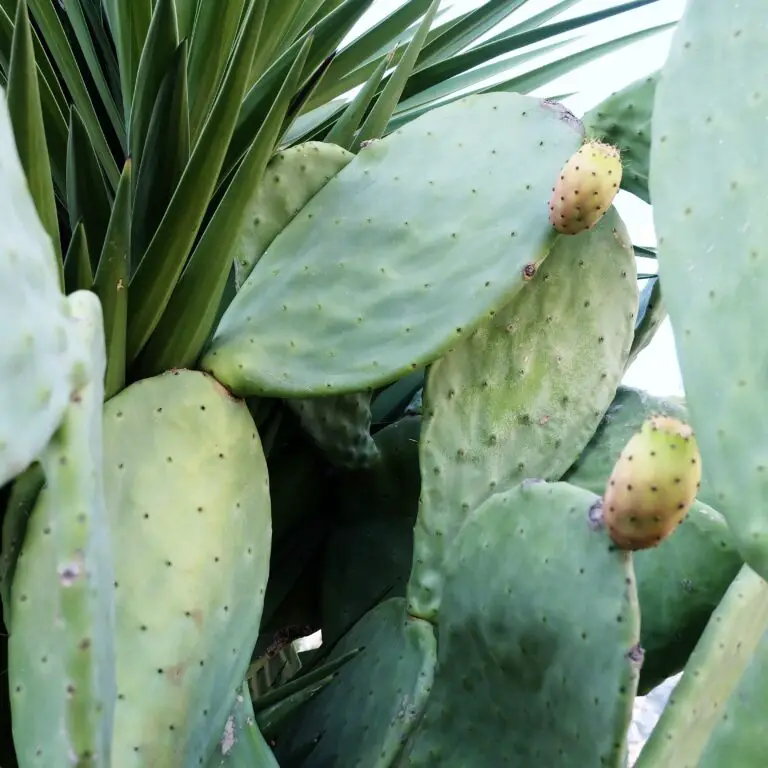
While the roots of succulents come in all shapes and sizes, one thing remains clear: they’ve cleverly adapted to their environments, whether it’s the nooks of a rock for the shallow rooted or the depths of sandy terrain for the deep divers. Each type of root system reveals a snapshot of survival strategies, making succulents an endlessly captivating family to explore.
So, the next time you find yourself pondering over a potted array of succulents at your local nursery, remember: beneath those vibrant, plump leaves lies a world of variety that extends all the way down to the roots. Each species has its unique way of staying grounded—some just scratch the surface, while others are all about the profound depths of the earth.
Do Succulents Need Special Care During Transplanting?
For those with a green thumb or merely a passing interest in home gardening, it’s common knowledge that succulents hold a reputation for being low-maintenance and resilient. But does this hardiness extend to transplanting? In their cozy, cramped pots, succulents spread their shallow roots with an earnest adaptability. However, when it’s time to move them to a new home, they call for a gentle touch and an eye for detail.
The Shallow Tale of Succulent Roots
Let’s get to the root of the matter: succulents do indeed have shallow roots. These aren’t the deep, spreading networks you’d find in larger plants—instead, these roots skim under the surface, absorbing moisture from light, infrequent rains. It’s evolution at its best, tailored for survival in arid environments. This shallow root system is the succulent’s lifeline, but it’s also its Achilles’ heel during transplantation.
Essential Tips for Damage-Free Transplanting
Are you looking to transplant your succulent? Pause and plan. To keep the roots intact, work the soil gently and tease the roots free from their current abode. And remember, it’s not a race—patience is the gardener’s secret spice. Once free, consider the new pot and ensure it offers a hospitable environment with well-draining soil and enough room for future growth. A succulent craves a pot that emulates the openness of its natural habitat—hefty, waterlogged soils need not apply.
Now for the real-world twist: ever noticed a succulent in a precarious position, overgrown and spilling out of its pot? Charming as it might look, this jackpot situation calls for immediate transplant action. Envision the purposeful transplanting of such an overachiever—careful to avoid breaking the delicate roots while acquainting it with its new terra firma. That’s the art of transplanting: a careful balance between nurture and knowledge.
Right, let’s not dawdle. Once you have your succulent sitting pretty in its new pot, it’s acclimatization time. Light watering—think of a gentle drizzle rather than a storm—will help roots settle without the shock of too much to drink. And light, oh how these sun-seekers love their light, but not direct scorching rays. Instead, introduce them to indirect light, slowly ramping up their solar intake. Succulents are like us when stepping out into the bright summer after a gloomy winter; they need gradual exposure.
Successfully transplanting succulents is akin to a well-choreographed dance. It requires awareness, tenderness, and a bit of grit. You’re not just moving a plant; you’re rehoming a resilient being, giving it room to expand and flourish. In the end, it’s all about understanding and respecting these shallow-rooted wonders and watching them thrive in their new patch under your watchful care.
Frequently Asked Questions
Do succulents really have shallow roots, and what does that mean for gardeners and plant enthusiasts? When we talk about succulents, we’re usually picturing those tough, resilient plants that seem to thrive on neglect. But beneath the surface of their fleshy leaves lies a surprising secret—their roots. Unlike the deep root systems of many other plants, succulents sport roots that spread out horizontally just beneath the soil.
How Do Shallow Roots Benefit Succulents?
Succulents are the masters of survival in arid climates where water is as scarce as a cloudy day in the desert. Their shallow roots are like a network of tiny water hunters, skimming through the upper soil layers to quickly absorb moisture from light rainfall. It’s a bit like having an army of tiny sponges that can soak up and store water at a moment’s notice. Imagine if you had a way to quickly collect every drop of a brief rain shower—well, that’s a day in the life of a succulent root system.
Can Shallow Roots Limit Where Succulents Grow?
Since their roots don’t dive deep, succulents are sometimes misunderstood as fragile. However, think of them as the special forces of the plant world—adaptable and efficient in their specific roles. You won’t find them vying for space in a deeply wooded forest, but give them a rocky outcrop or a sandy beachfront property, and they’ll set up home with the ease of a seasoned traveler.
What Challenges Do Shallow Roots Pose for Succulent Care?
Here’s where the story takes a twist. Shallow roots mean that these plants are a bit picky about watering. Pouring the same amount of water as you would for your hydrangeas could lead to standing water and thus root rot. It’s a succulent’s kryptonite. But fear not! By watering them when the soil is completely dry and ensuring proper drainage, you can witness the gentle defiance of these desert denizens, right in your own home or garden.
Watch and Learn: Succulent Root Systems Explained
For those visual learners who want to dive deeper into the root of the matter, check out this informative video that further explains the shallow root systems of succulents and why they’re so adept at surviving in tough environments:
Whether you’re a seasoned gardener or a curious newbie, understanding the shallow roots of succulents is key to appreciating these resilient little wonders. With just a touch of knowledge and care, you can cultivate your own desert oasis, one shallow root at a time.



